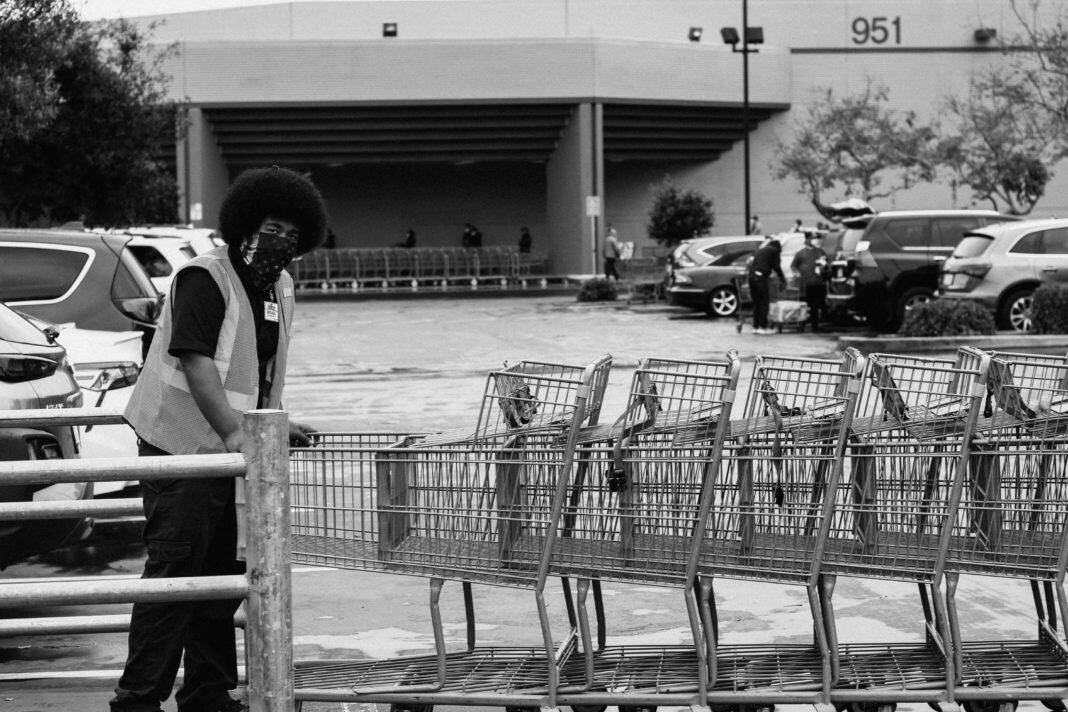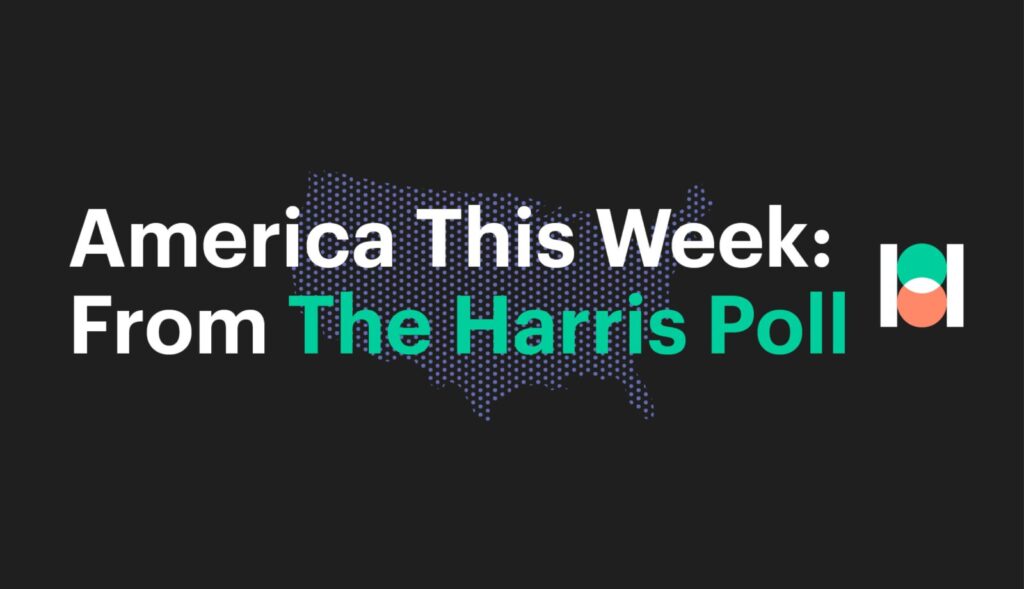Brief • 3 min Read

While doing what they can to stay safe, for many Everyday Heroes physical distancing simply isn’t an option.
The government and health experts continue to caution us to stay at home to protect our health and the health of others, and many Americans are in a position to oblige. However, day after day these Everyday Heroes must leave their homes to keep the country up and running. They do this despite their own fears about contracting the coronavirus, which are significant.
While the government has in most cases mandated physical distancing, this is not always possible for these workers.
One-quarter say physical distancing from co-workers (25%) or their customers/the public (25%) is not possible given the nature of their work.
There have been examples of employers creatively addressing the challenges of physical proximity, such as Walmart, Krogers and other grocery stores installing sneeze guards to protect cashiers and customers from spreading germs while completing transactions, but clearly, many employees and members of the public remain vulnerable.
Presumed cases of transmission across co-workers, such as at Smithfield Farms and Amazon distribution warehouses, have laid bare both the reality of the risk to workers, and the vulnerabilities to our own fragile infrastructure.
Given the long-time horizon possible before a ‘return’ to what is likely to be a new normal, it is beneficial for companies to begin considering now new layouts, models and designs that provide an antidote for the potentially long-term backdrop of concern for close spatial relationships.
Many are making sacrifices to protect their families.
Seven-in-ten Everyday Heroes say every time they go to work they worry about getting the coronavirus (68%) and passing it to their family (72%).

At a time when many Americans are buoyed by the unexpected joys of discovering new ways of co-existing as a family, many Everyday Heroes don’t see that as an option. 42% of our Everyday Heroes are practicing social distancing from family members at home, and 23% are going even further by self-quarantining.
Although there are systematic and often creative efforts to provide alternative housing for the medical community as they self-quarantine from loved ones, evidence of the same type of support for those who work in a factory, pharmacy, or bus depot is in short supply. These workers, often more financially at risk to begin with, are likely under considerable stress, and making difficult trade-offs for their own and their family’s health.
METHODOLOGY
This survey was conducted online within the United States by The Harris Poll from April 6-7, 2020 among 530 “essential workers” who are not in healthcare or government. “Essential workers” are defined as individuals ages 18 and older who have been deemed essential by their employer and/or state and who must leave their home to go to work. Business areas include supermarkets/grocery stores, big box stores, restaurants/bars, transportation, gas stations, warehousing, manufacturing, construction, agriculture and food processing, among others. A separate online survey was conducted among a general public sample of 1,024 adults (ages 18 and older) during the same time period for a comparative viewpoint. These two online surveys are not based on probability samples and therefore no estimate of theoretical sampling error can be calculated.
Subscribe for more Insights
Subscribe to our newsletter for the latest trends in business, politics, culture, and more.
Related Content









